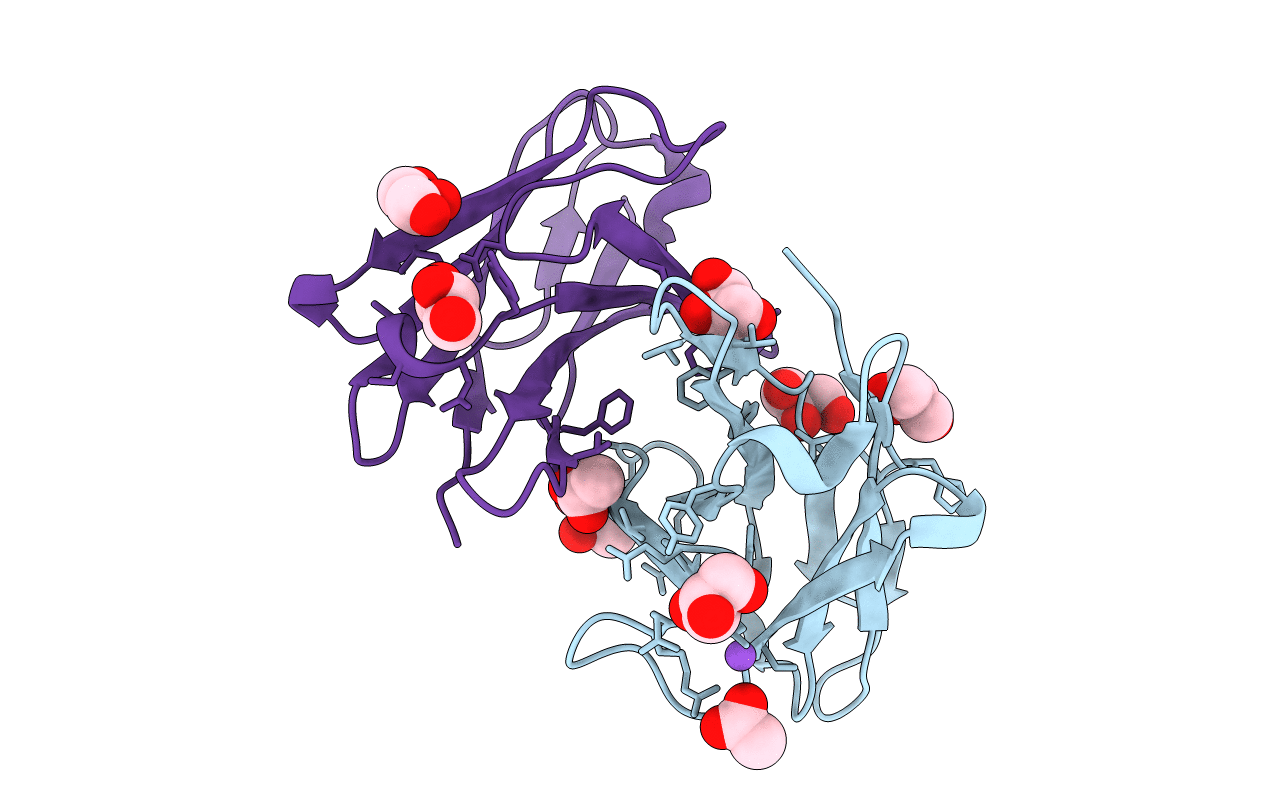
Deposition Date
2007-10-25
Release Date
2008-11-04
Last Version Date
2024-10-16
Entry Detail
PDB ID:
3B5G
Keywords:
Title:
Crystal Structure of the Unstable and Highly Fibrillogenic PRO7SER Mutant of the Recombinant Variable Domain 6AJL2
Biological Source:
Source Organism:
Homo sapiens (Taxon ID: 9606)
Host Organism:
Method Details:
Experimental Method:
Resolution:
1.90 Å
R-Value Free:
0.21
R-Value Work:
0.16
R-Value Observed:
0.16
Space Group:
P 21 21 21


